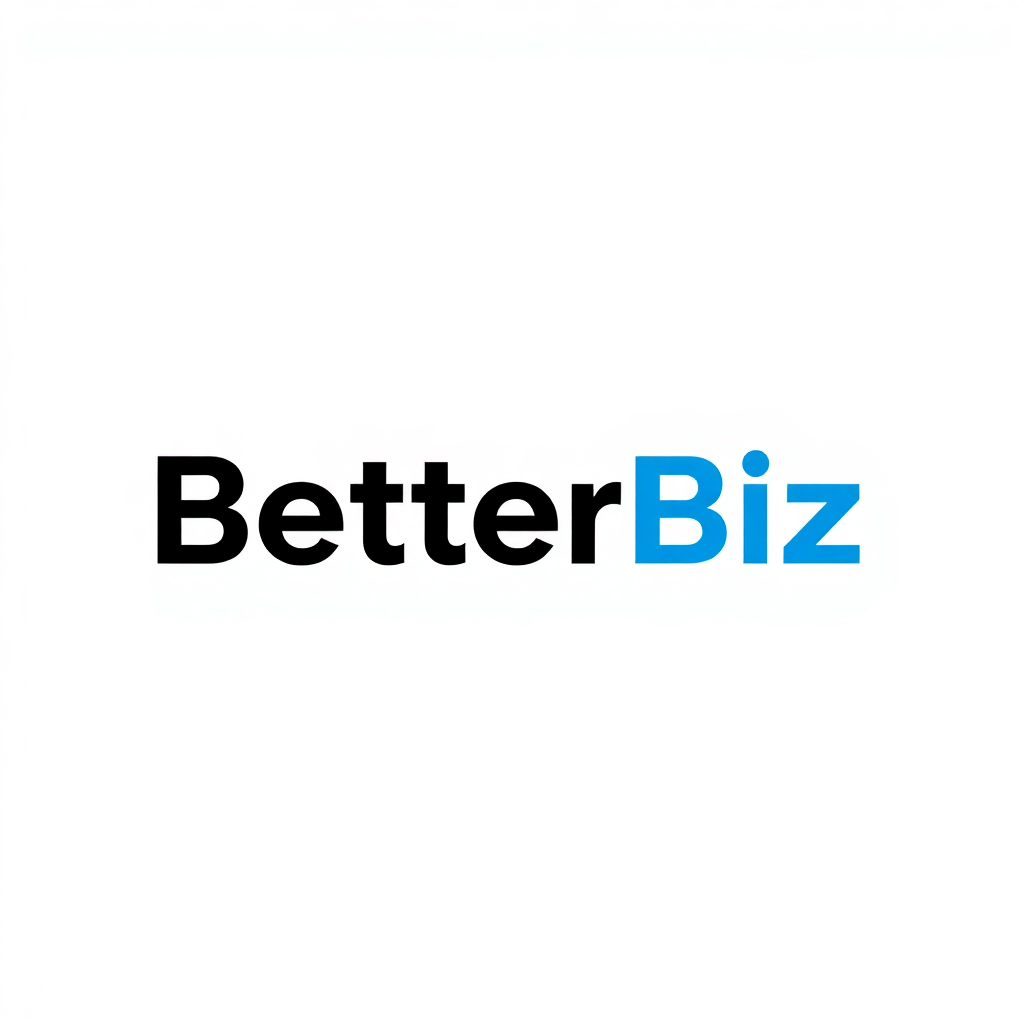Running a small business is like juggling flaming torches—exciting, a little nerve-wracking, and one wrong move can set your finances on fire. Cash flow is everything, but too many small business owners don’t track it properly until they’re scrambling to pay bills.
Here’s a reality check: 82% of small businesses fail due to poor cash flow management (U.S. Small Business Administration). But that doesn’t have to be your fate. With some smart strategies and financial discipline, you can keep your cash flowing in the right direction.
Let’s dive into the biggest cash flow pitfalls and how to sidestep them with style, strategy, and a little common sense.
Confusing Profit with Cash Flow
Just because you’re profitable on paper doesn’t mean you have cash in hand. Many small business owners make the mistake of assuming profit = money in the bank, but that’s not how cash flow works.
How to Avoid This Trap:
- Track cash flow separately. Tools like QuickBooks or Xero can help.
- Keep a cash buffer. Aim for at least three months’ worth of operating expenses in your reserves.
- Understand payment timing. A big sale today doesn’t mean you’ll see the money tomorrow.
Ignoring Late Payments from Customers
Ignorning Late Payments from Customers
Your customers love your product or service—but some love it so much they “forget” to pay you. Letting unpaid invoices sit for weeks or months is a cash flow killer.
How to Avoid This Trap:
- Set firm payment terms. Make it net 15 instead of net 60.
- Use automated reminders. Tools like FreshBooks can send payment reminders.
- Offer early payment discounts. A 2% discount for payments within 10 days can get money in faster.
Overestimating Future Revenue
We all want to believe that the next big deal will close soon, but banking on future revenue before it’s real money can lead to overspending.
How to Avoid This Trap:
- Budget based on actual income, not projections. Hope for the best but plan for the worst.
- Diversify revenue streams. Relying too much on one client is risky.
- Have a backup plan. If a major contract falls through, how will you cover expenses?
Spening Too Much, Too Soon
That stylish office, premium software, and company swag might look great, but do you really need them right now? Scaling expenses before your revenue stabilizes is one of the fastest ways to go broke.
How to Avoid This Trap:
- Start lean. Focus on the essentials, then upgrade later.
- Rent instead of buy. Use coworking spaces or lease equipment instead of committing to big expenses.
- Spend on revenue-generating activities. Marketing, sales, and operational efficiency should be your priorities.
Forgetting About Taxes
If there’s one thing that can drain cash faster than an unexpected expense, it’s an unexpected tax bill. Many small businesses fail to set aside money for taxes and then panic when tax season rolls around.
How to Avoid This Trap:
- Set aside 25-30% of your income for taxes. Treat it like a non-negotiable bill.
- Make quarterly tax payments. This helps you avoid a painful lump sum at the end of the year.
- Hire a CPA. A good accountant can help maximize deductions and save you thousands.
Not Having a Cash Flow Forecast
Would you drive cross-country without GPS? No? Then why run a business without a cash flow forecast? If you don’t know what’s coming in and going out, you’re flying blind.
How to Avoid This Trap:
- Create a 12-month forecast. Tools like Float can help you predict cash flow.
- Update it regularly. A forecast is useless if it’s outdated.
- Plan for seasonality. If your business has slow months, build a cushion.
Relying Too Much on Credit Cards
Credit cards can be lifesavers in emergencies, but high-interest debt is a slippery slope. If you’re swiping to cover day-to-day expenses, that’s a red flag.
How to Avoid This Trap:
- Use credit responsibly. If you can’t pay it off in full each month, rethink your spending.
- Consider alternative financing. A business line of credit often has better terms.
- Don’t use credit to cover payroll. If you’re doing this, you have a bigger cash flow issue.
Ignoring Cash Flow During Growth
Scaling too fast can be just as dangerous as not growing at all. If expenses outpace revenue, you could run out of cash—even while making record sales.
How to Avoid This Trap:
- Scale only when revenue supports it. Don’t hire five people before you have the income to justify it.
- Keep a growth reserve. Fast growth often means unexpected costs.
- Secure funding early. If you need financing, get it before you’re in a crunch.
Not Keeping Overhead Low
Overhead costs can quietly drain your cash reserves, especially when payroll, rent, and office expenses pile up. One way to free up cash? Use contractors instead of full-time employees.
How to Avoid This Trap:
- Hire contractors for specialized work. Websites like Upwork and Fiverr are great for finding skilled professionals without long-term commitments.
- Outsource administrative tasks. A virtual assistant service like Uplevel Solutions can handle customer service, bookkeeping, and scheduling for a fraction of the cost of hiring in-house staff.
- Ditch unnecessary expenses. Do you really need a fancy office, or can you work remotely?
Final Thoughts: Stay Liquid, Stay Smart
Cash flow is the heartbeat of your business. Avoiding these common pitfalls isn’t just about staying afloat—it’s about thriving. Keep an eye on your finances, stay lean, and make informed decisions.
Want to master cash flow like a pro? Start today—your business (and your bank account) will thank you.
Sources
- U.S. Small Business Administration: https://www.sba.gov/
- QuickBooks: https://quickbooks.intuit.com/
- Xero: https://www.xero.com/
- FreshBooks: https://www.freshbooks.com/
- Float: https://floatapp.com/
- Upwork: https://www.upwork.com/
- Fiverr: https://www.fiverr.com/
- Uplevel Solutions: https://uplevelsolutions.com/


